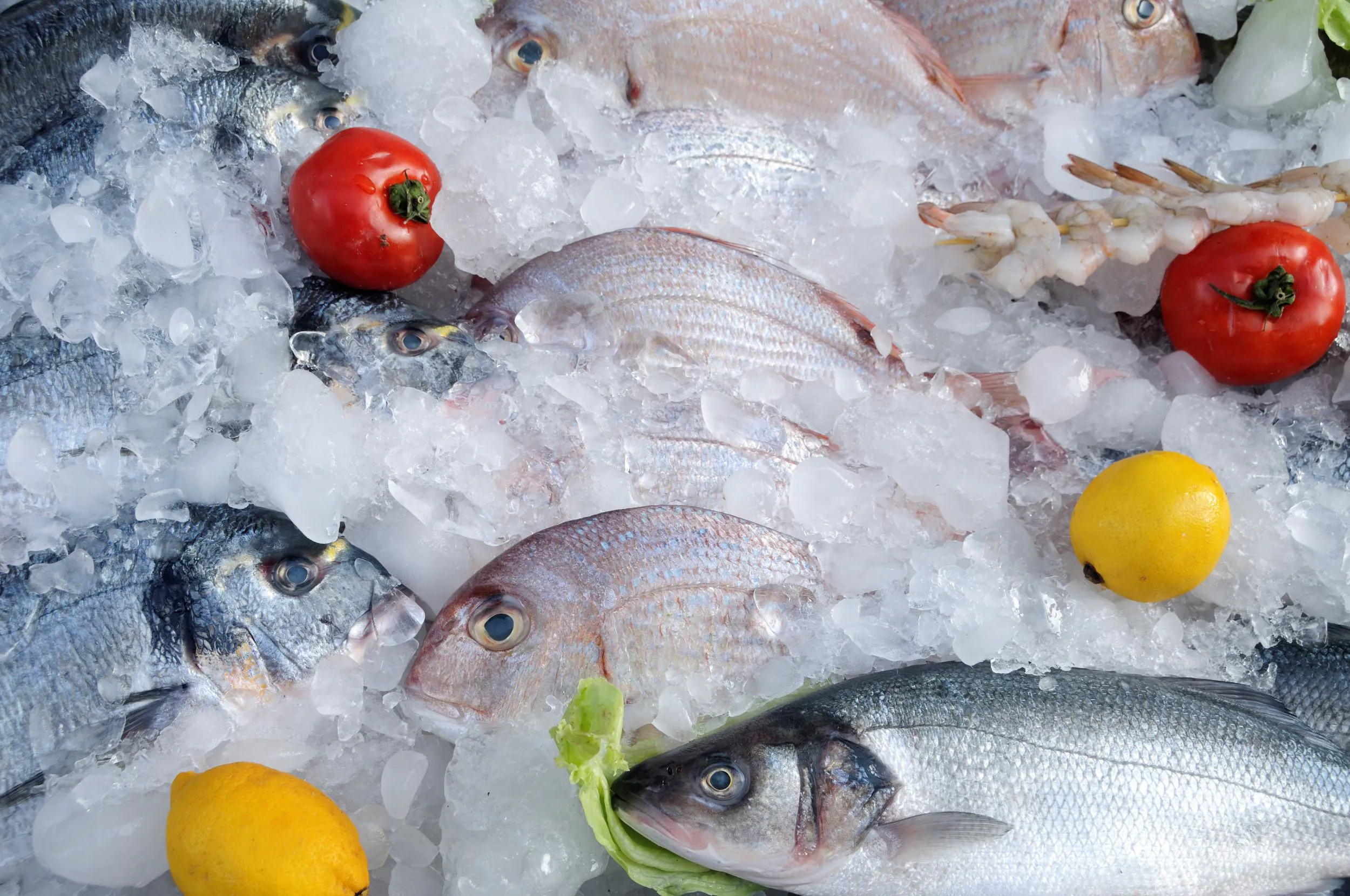Food preservation is an essential process to the food and beverage industry, from fruits and vegetables to meat and seafood, as well as all manner of frozen meals and other foods. Whether canning, dehydrating, freezing, or simply preserving foods during the journey from production to retail, there are many different food preservation techniques and technologies, and scientists are constantly innovating to create more effective, healthier, and more sustainable preservation methods.
Clean Label Products and Natural Preservatives
As consumers become increasingly health-conscious, more and more people are looking for foods with fewer or healthier artificial additives and preservatives. Pressure is also coming from governments in some countries — France, for example, has introduced regulations aimed at gradually reducing the use of nitrites in cured meats. Asian countries are demanding more natural products and preservatives as well. Companies are therefore investigating other preservatives in order to capture this growing market segment and meet new laws and regulations.
Israeli startup Bountica, for example, is developing a natural alternative to chemical preservatives. Rather than using synthetic additives to kill bacteria or protect against mold, Bountica has trained bacteria to create proteins that can safely preserve food.
The process, called precision fermentation, involves fermenting organic matter into a powder or liquid that is used in very small amounts to preserve foods without any of the health concerns tied to artificial additives. Typically this process is used to develop drugs, but Bountica has found a way to put it to use in the food processing industry.
The resulting proteins are fully digestible and safe, without the potential health risks that research suggests preservatives such as benzoates and nitrates can bring. They are also flavorless and don’t affect the quality of the food they’re used on. The waste created in the process of making these proteins can be used as fertilizer or as an ingredient in pet or animal food, helping to make the process sustainable as well. As consumers increasingly seek out both healthy and sustainable food products, this new preservative has a lot of potential in the food and beverage industry.
Improving Frozen Foods
Freezing is a key process for transporting foods such as fish and meat, as well as a popular option for preserving foods such as vegetables, desserts, and ready-to-heat meals. Busy consumers seek out easy and convenient meal options, and food manufacturers are delivering a growing number of high-quality options.
But freezing foods can have downsides as well. Both freezing and thawing food can create chemical changes that impact the taste, texture, and overall quality. There is also only so long that even frozen food can last before going bad. Because of this, researchers are looking for new freezing methods that may better preserve foods at both an industrial and consumer level.
CAS
A new technology from Japan called Cells Alive System (CAS) is being adopted by some seafood companies to preserve freshly caught fish for long periods of time without impacting their freshness. Initially created for the medical application of freezing stem cells, CAS is also capable of preserving freshness and quality in a way that traditional freezing methods cannot.
CAS involves generating a magnetic field around the food that vibrates the water molecules within it, allowing ice crystals to form without damaging cell walls and membranes, preventing water loss from the freezing process. This stops the quality of the food from declining over longer periods of time, allowing it to be transported and stored for longer. With the seafood industry facing challenges such as greenhouse gas emissions, overfishing, and food waste, this new technology has the potential to be a more sustainable alternative to traditional methods.
Isochoric Freezing
Isochoric freezing is another food preservation method currently being researched. It involves placing the food to be frozen in a sealed container filled with liquid such as water and freezing it. However, only some of the liquid is frozen, protecting the food inside while preventing crystallization. This process could significantly improve the quality of fresh foods that normally don’t freeze well, such as some fruits and vegetables. It can be done without substantial changes in existing food manufacturing equipment and has the potential to significantly reduce the frozen food industry’s energy consumption.
As with CAS, this technology was initially developed by the medical industry, intended as a way to preserve tissues and organs meant for transplants. Research is still being done on isochoric freezing in the food industry, but this new process could mean big changes for the industry in the future.
A Better Drying Process
Electrohydrodynamic drying (EHD) is a process that uses ionized air to dehydrate food. Electricity is run through electrodes around the food to create ionic wind, which dries foods faster than conventional methods due to the heat that is also generated during the process. Not only is EHD a more efficient way of removing water from foods, it’s also better at preserving color, flavor, and nutrition in the dried food. It is mostly used for fruits and vegetables.
The drawback of EHD is that it’s more difficult to scale up. The process is unable to produce the same amount of airflow as a fan-driven system, making it better suited for smaller batch production.



